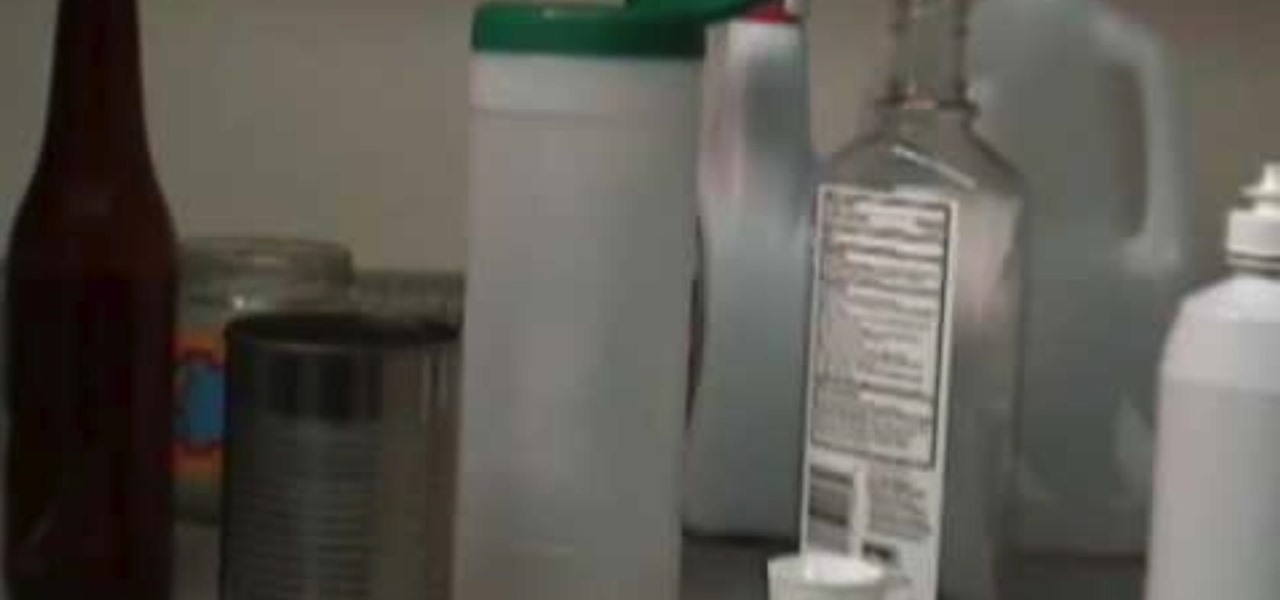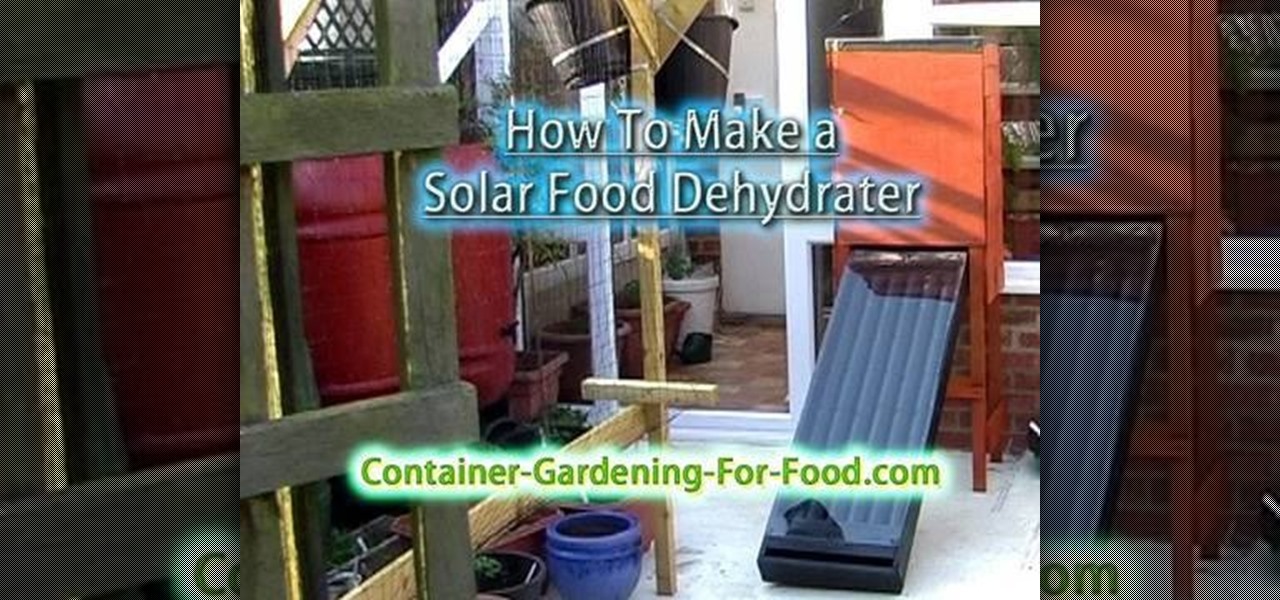
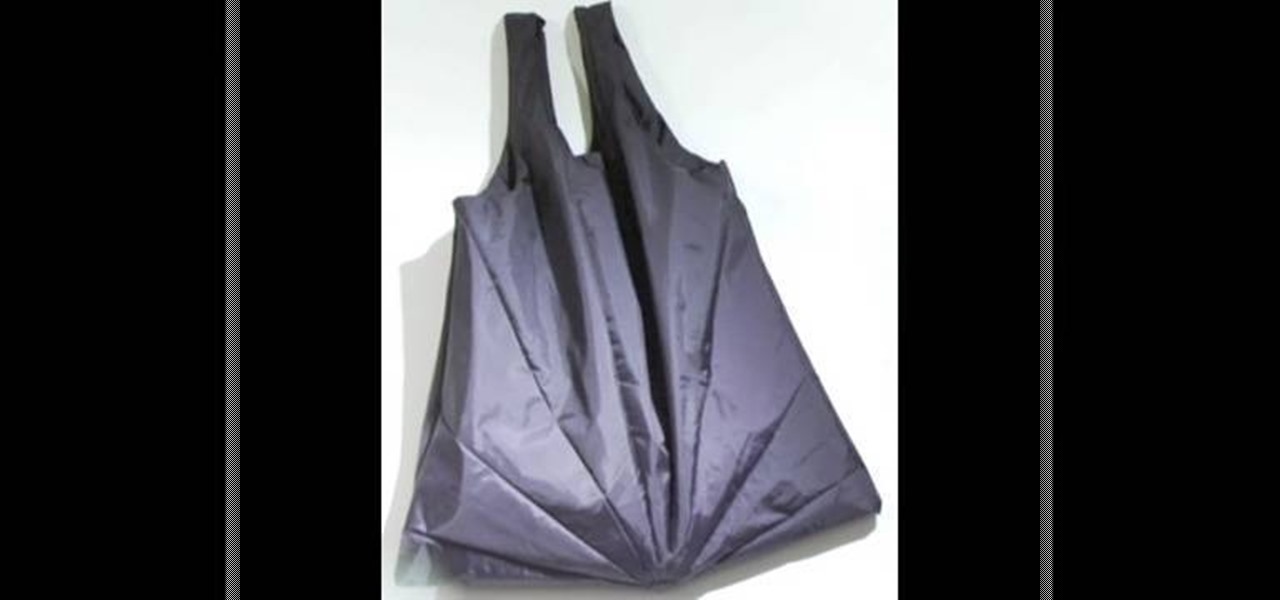
How To: Use a broken umbrella to make a tote bag
Broken umbrellas are all over the place. Blame it on the rain? Planned obsolescence is more like it—meaning the stuff is made to break. Carrying groceries never looked so good and reuseful. For more information, including detailed, step-by-step instructions, and to get started making your own custom broken-umbrella tote back, watch this crafter's guide.
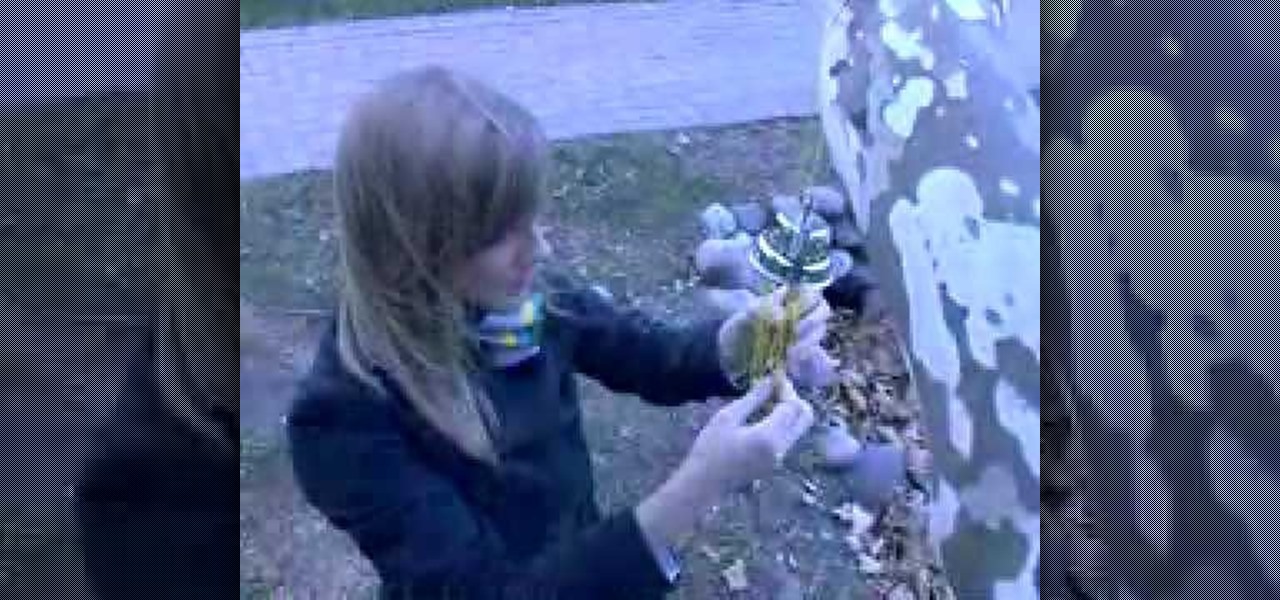
How To: Make an eco-friendly windchime out of keys
There are lots of different ways to make windchimes, but three parts are essential; you will need something to hang it with, something to hang it from, and something to make some noise. This how-to video from a Piece of Craft shows an eco-friendly wind chime made from an old sink strainer, old keys, and colored twine. Watch this video crafting tutorial and learn how to make a windchime out of keys, or whatever other recyclable materials you want.
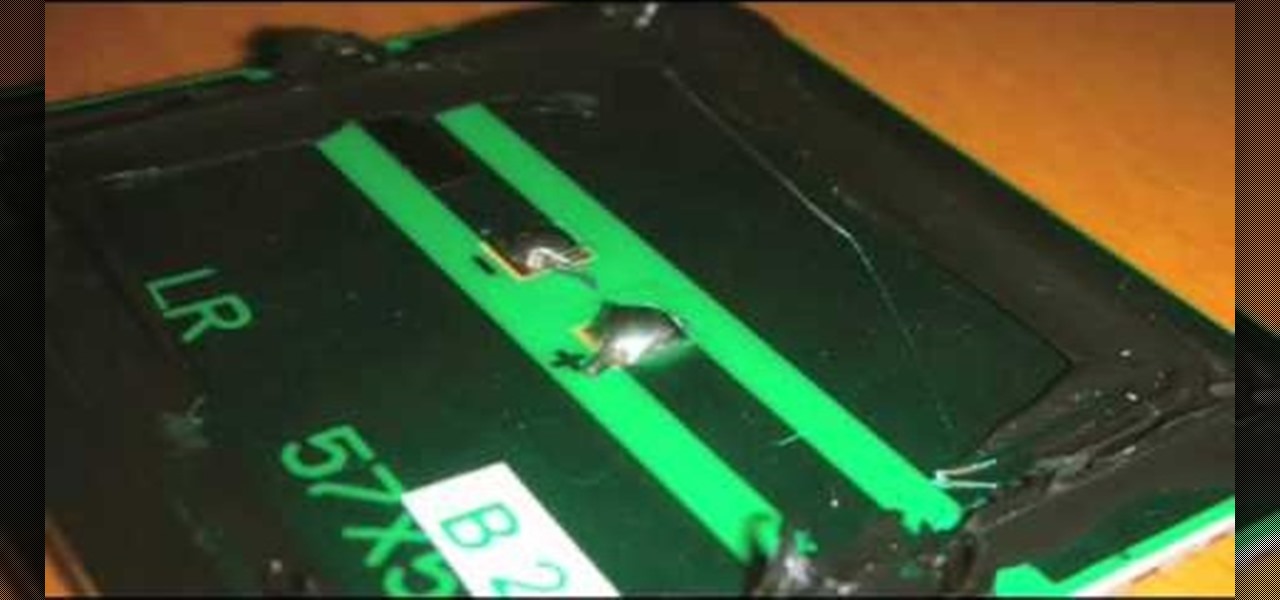
How To: Make a portable solar powered USB charger with Altoids
Check out this Greener Business Show video tutorial on how to make a portable solar powered USB charger with an LED flashlight inside an Altoids tin can. You will see in this episode how to modify a solar path light into the Altoids tin so that you can have a nifty LED flashlight and so you can charge your iPod or cell phone in the gleaming sunlight.
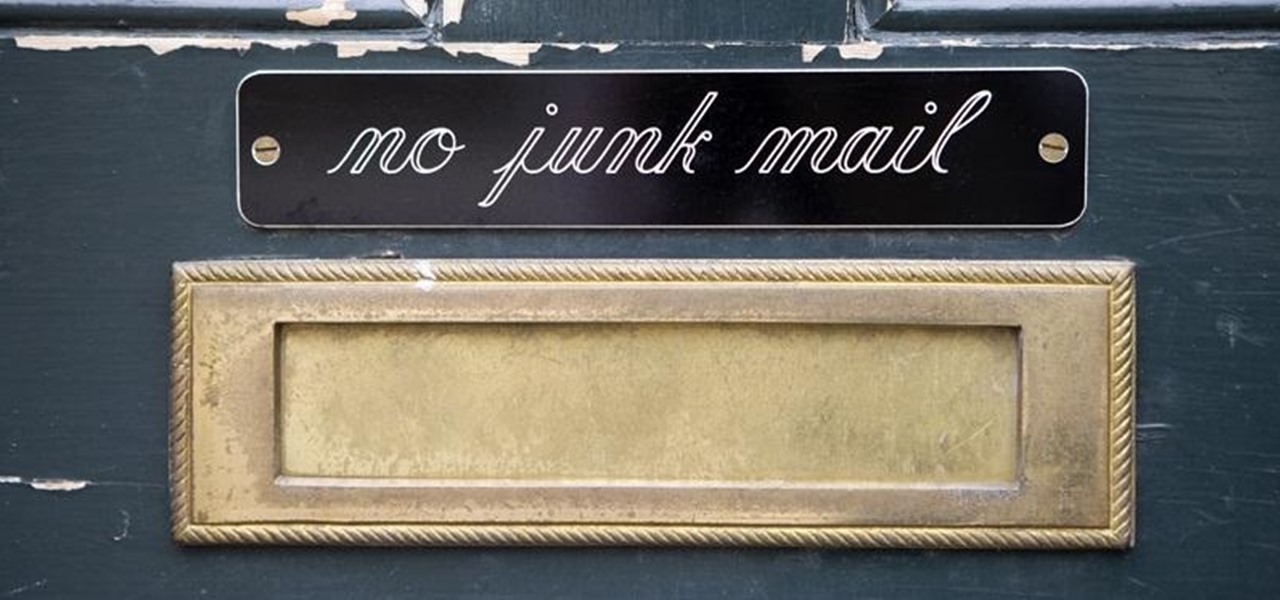
How To: Eradicate Unwanted Junk Mail from the Post Office Forever (Or… Repurpose It!)
Unwanted advertising is everywhere. Annoying pop-up ads, overly loud late night commercials, spam...it never ends. And before spam, there was junk mail. Junk mail is even worse because unlike TV commercials and internet ads, it's physical. You can't just delete or ignore it—and it's an awful waste of paper. So what can you do about it?
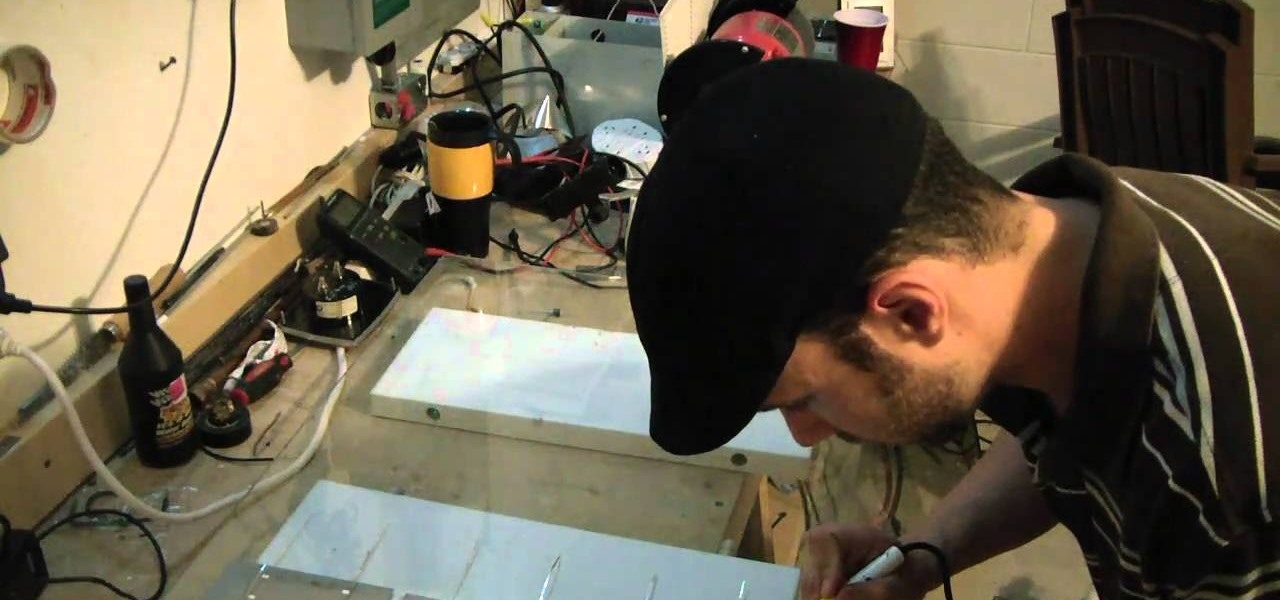
How To: Construct a solar panel from solar cells in a series
If you want to save money on your electric bill, try building some of these solar panels using solar cells wired in a series. You can save money by using extra glass you or a friend may already own if it isn't being used. Soon you can harness the power of the sun by creating your own solar electricity.
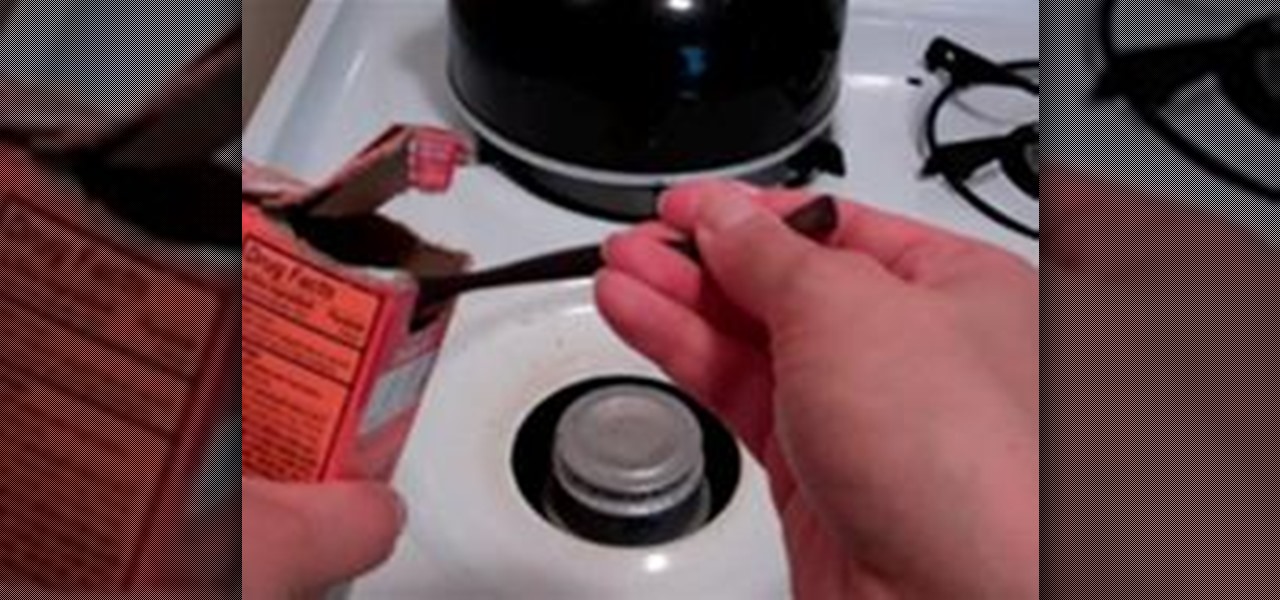
How To: Make the Best Kitchen Multi-purpose Cleaner
Think you have a stain on your stove or countertop that just won't come off? Think again! This simple trick will have your kitchen surfaces gleaming in no time!
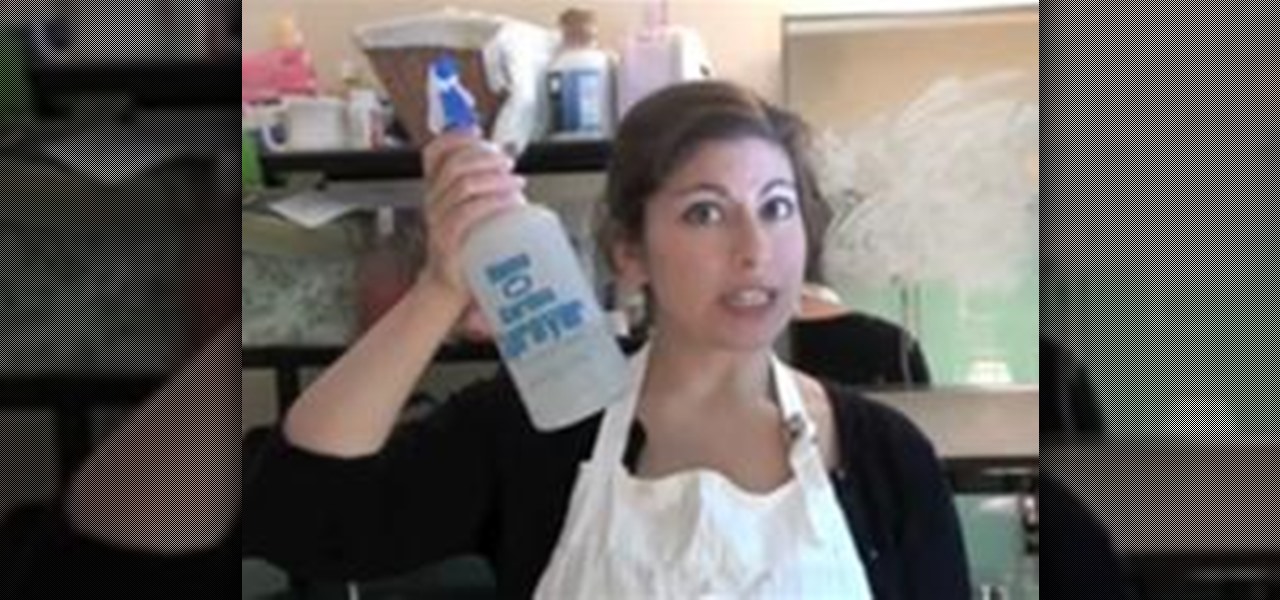
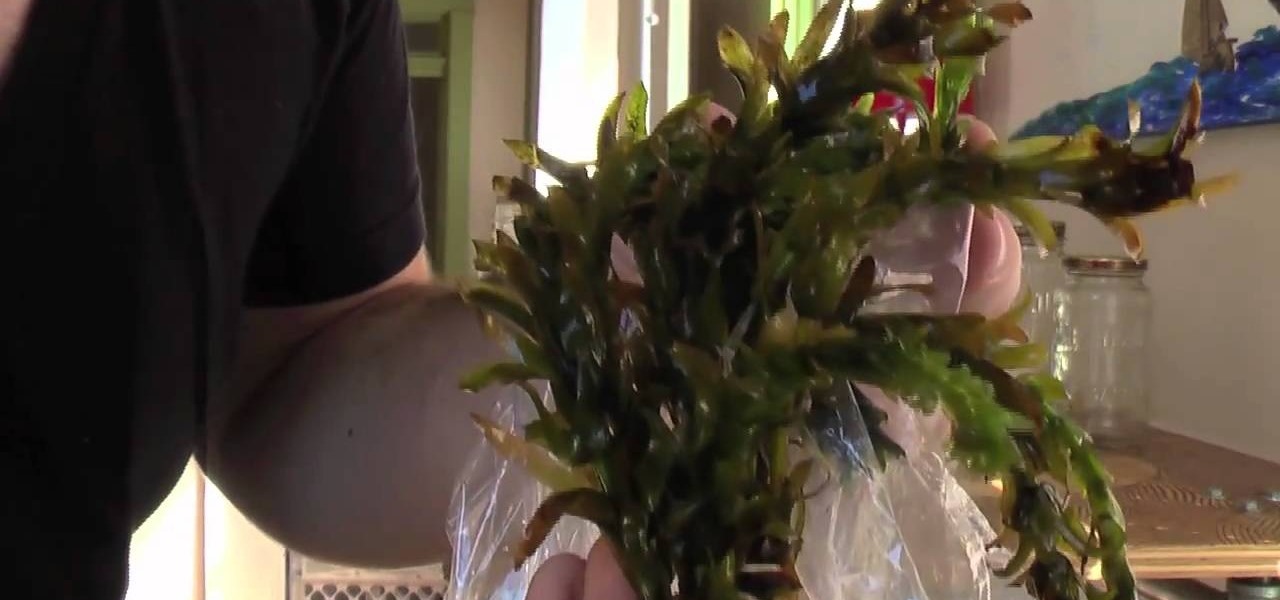
How To: Make your own aquatic tabletop biosphere in a mason jar
Feeling inspired by the incredible Biosphere 2 project? Make your own aquatic biosphere and witness the incredible phenomenon of a self-contained marine ecosystem right on your desk. This is a simple project that won't take more than an afternoon to put together, but could last for years.
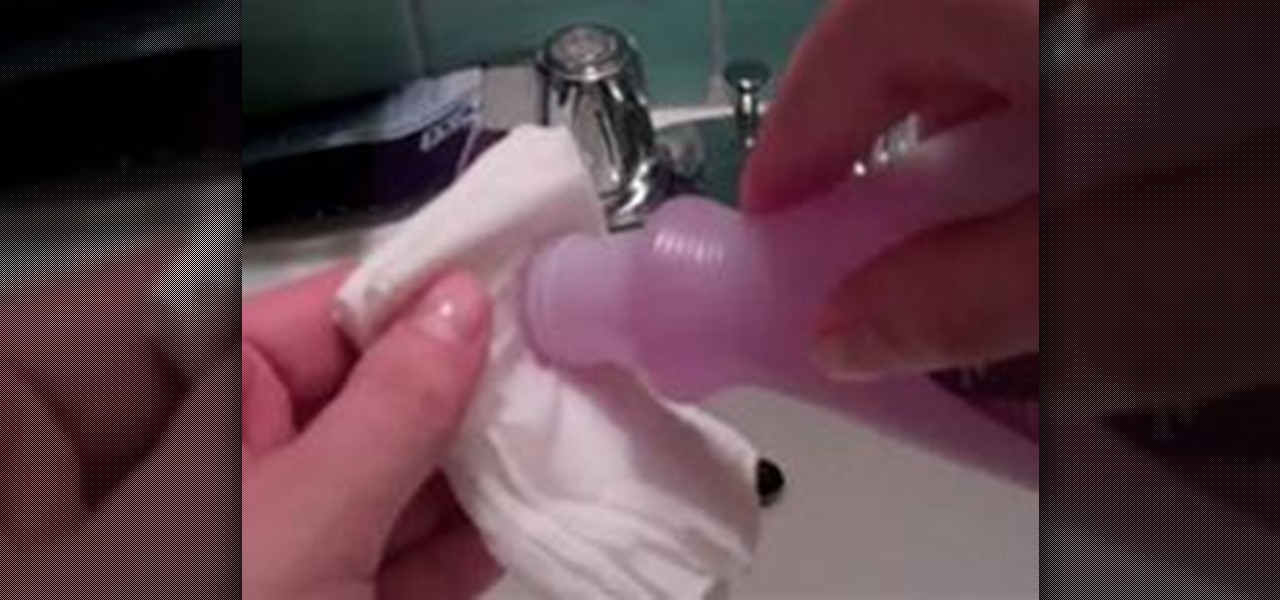
How To: Remove Super Glue
If you've ever gotten super glue stuck to your fingers, you know what a pain it can be to get it off again! Don't worry - there's a simple household item you probably already stock that can take care of your super glue super mess!

How To: Make an All-Natural Insect Repellent with Cacao Leaves
Science investigatory projects suck, or at least seem to at first. But you shouldn't let school drag you down. Instead, use your homework assignment as an opportunity to solve a problem you've always been interested in. And it doesn't hurt if the end result is eco-friendly, either.
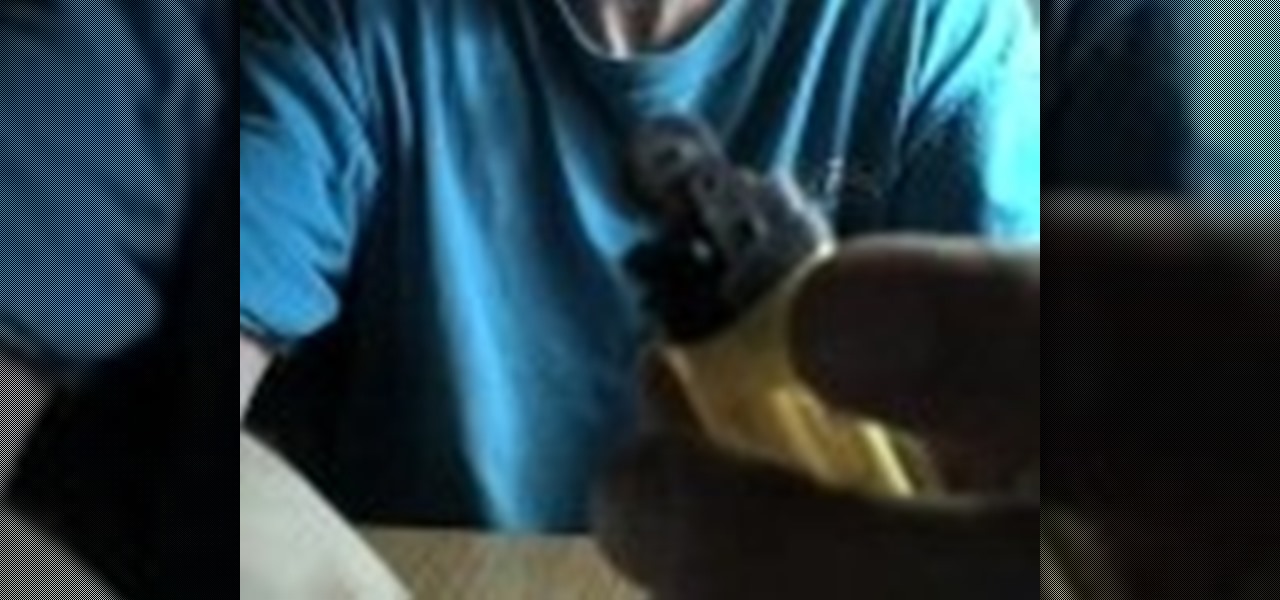
How To: Take a BIC lighter apart for recycling
For on-the-go lighting of birthday candles (those surprise birthday parties really get you), homemade explosives (because making stuff explode is fun), and cigarettes, a cheapo BIC lighter is a totally awesome fix. But most BIC lighters run out pretty quickly and get tossed without second thought.
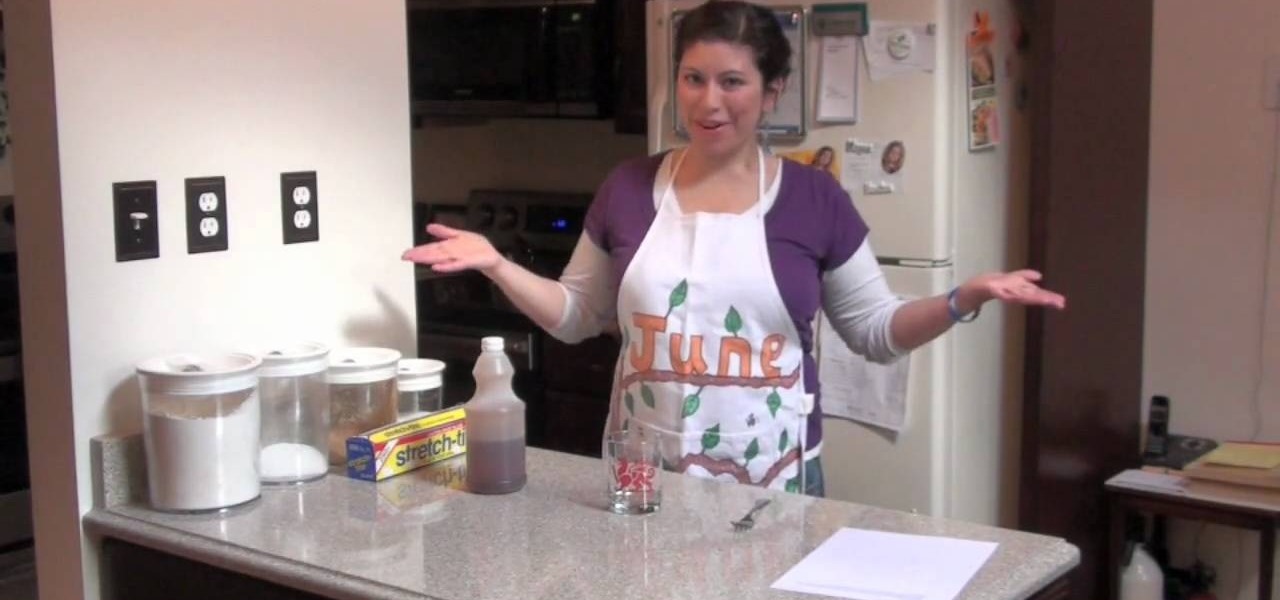
How To: Make an eco friendly trap for fruit flies with apple cider vinegar
Fruit flies suck, but the fruit fly traps you can get from a hardware store can sometimes be environmentally damaging. Here is how you can make a safe fruit fly trap out of a votive glass, plastic wrap and apple cider vinegar.
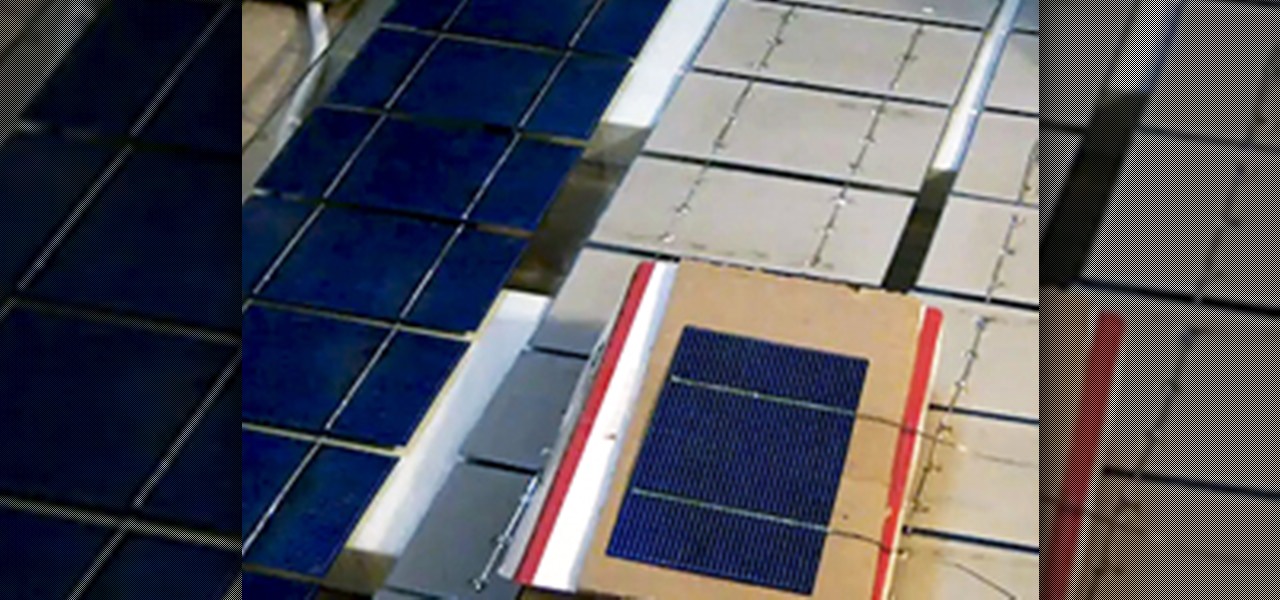
How To: Make Cheap Solar Panels from Solar Cells (DIY Energy Savings)
Sputnik, Apollo and the Space Race. If you watched the State of the Union address last night, you probably heard President Barack Obama mention those three things.
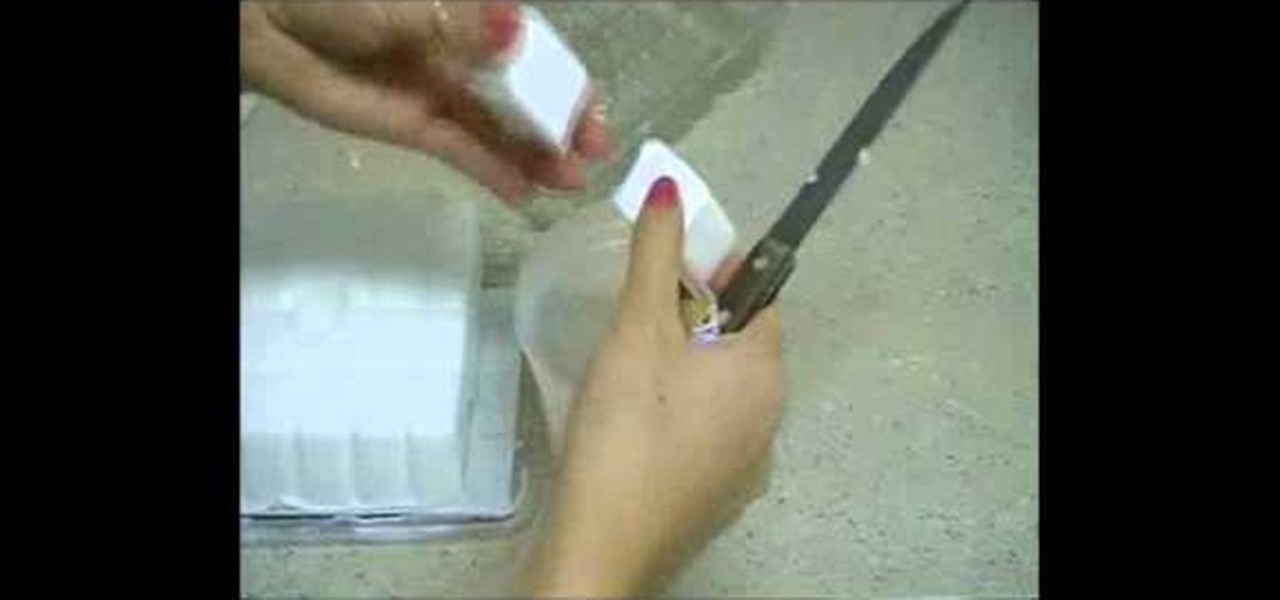
How To: Make your own cucumber and papaya soap
Papaya soap can be great for reducing the appearance of scars, but it can sometimes be difficult to find. This tutorial shows you how to make your own papaya cucumber soap at home. All you need is a juicer or blender and some glycerin melt and pour soap.
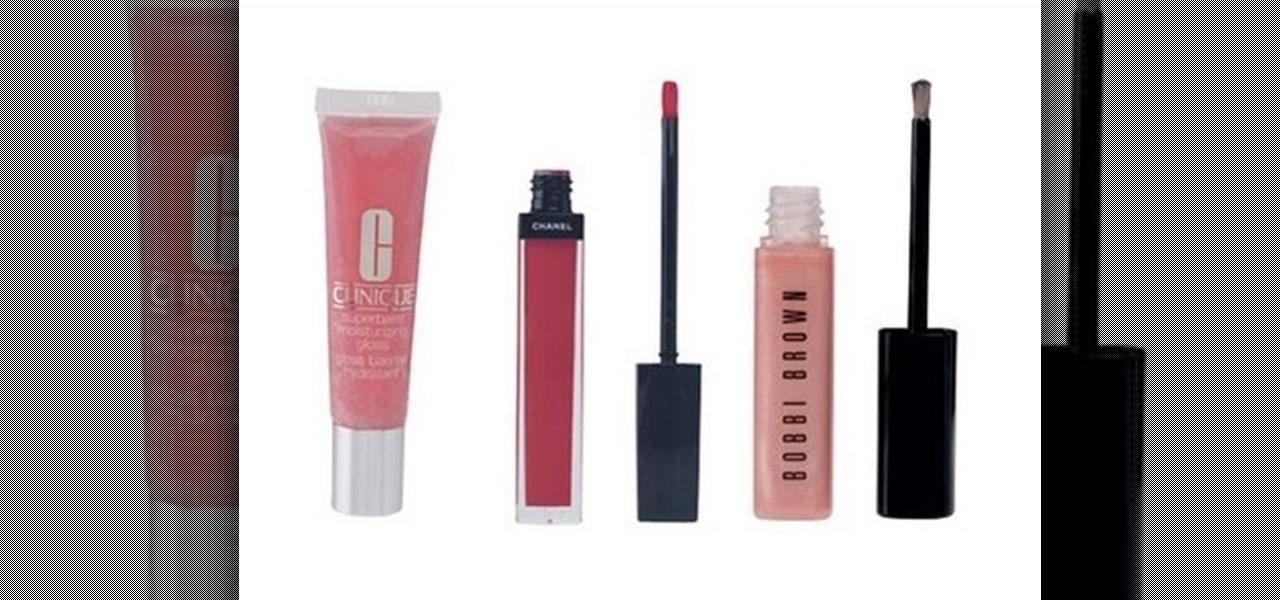
How To: Make your own cinnamon peppermint lip gloss or lip plumper
Lip plumpers can sometimes get expensive, but you can make your own at home! A great handmade gift, or just to use for yourself! This shows you how to create your own lip gloss or lip plumper using cinnamon and peppermint oils.

How To: Recycle Your Christmas Tree (Disposing Live Conifers After the Holidays)
Christmas is almost over— all of the presents are unwrapped, all of the prime ribs have been eaten, the whole family's drunk off eggnog— and soon it will be time to forget about Christmas until next year.
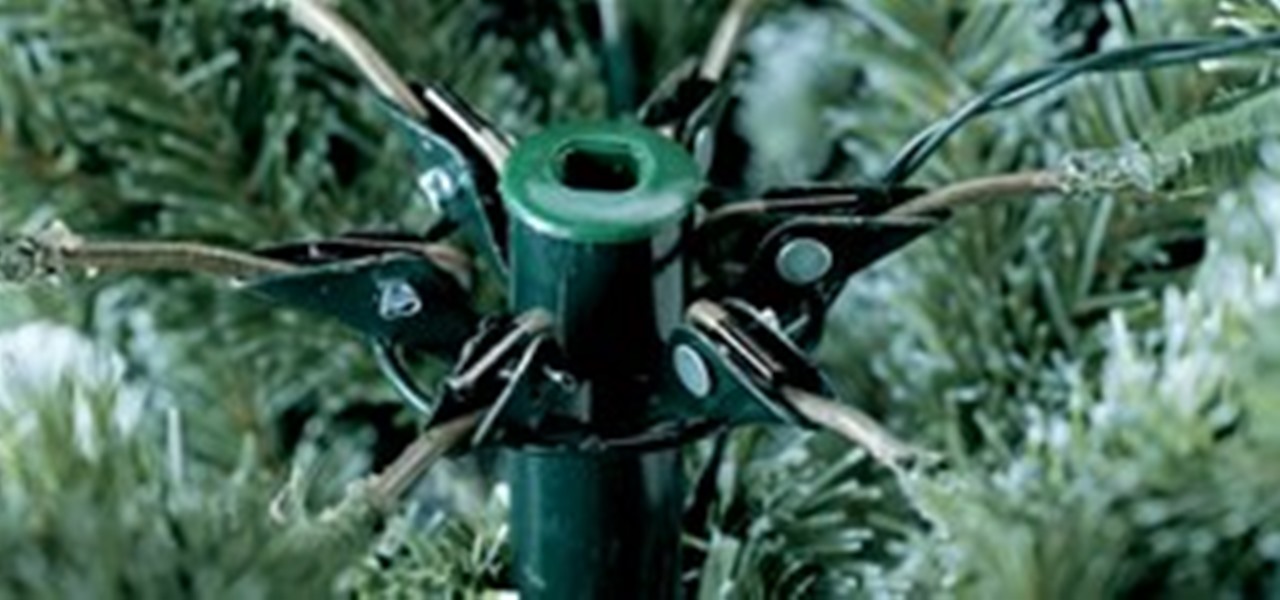
News: What's More Eco? Fake or Fir?
Think you're more green by going artificial? Think again. The New York Times reports that the most definitive study shows you would have to use your artificial tree for 20 years before it has less impact on the environment than a real tree.
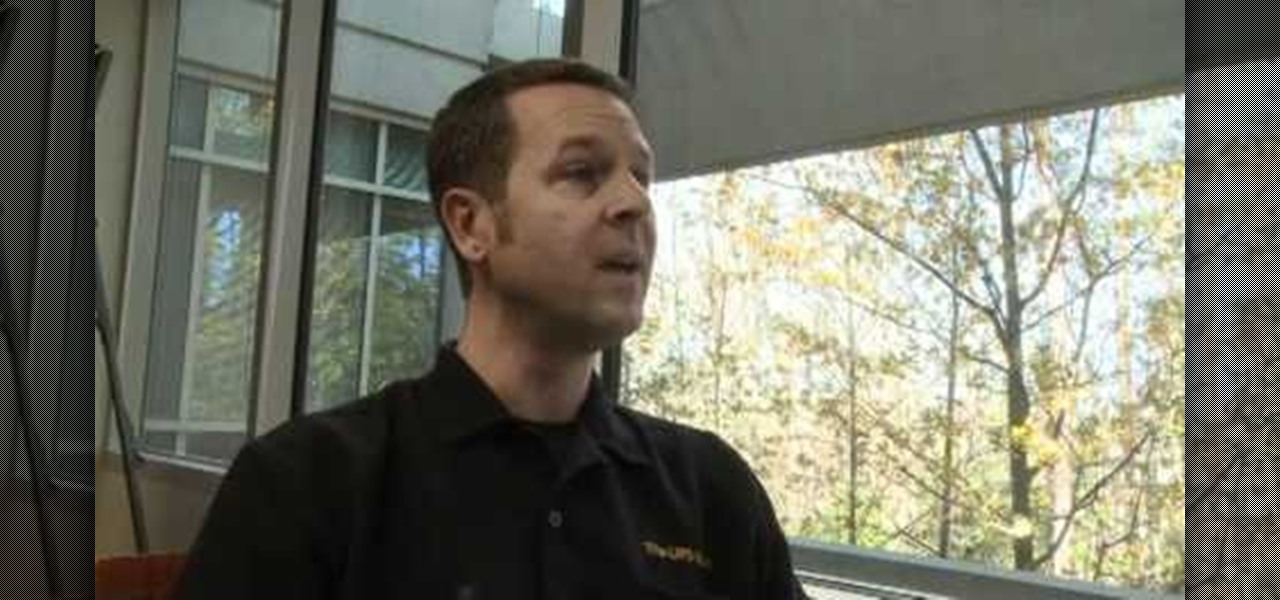
How To: Stay green this holiday season by reducing your trash
Christmas and the holiday season can generate quite a bit of trash on their own, so what do you do when you want to maintain your green lifestyle over the holidays? This tutorial gives you tips on how to recycle packing material, wrapping paper and even your Christmas tree.
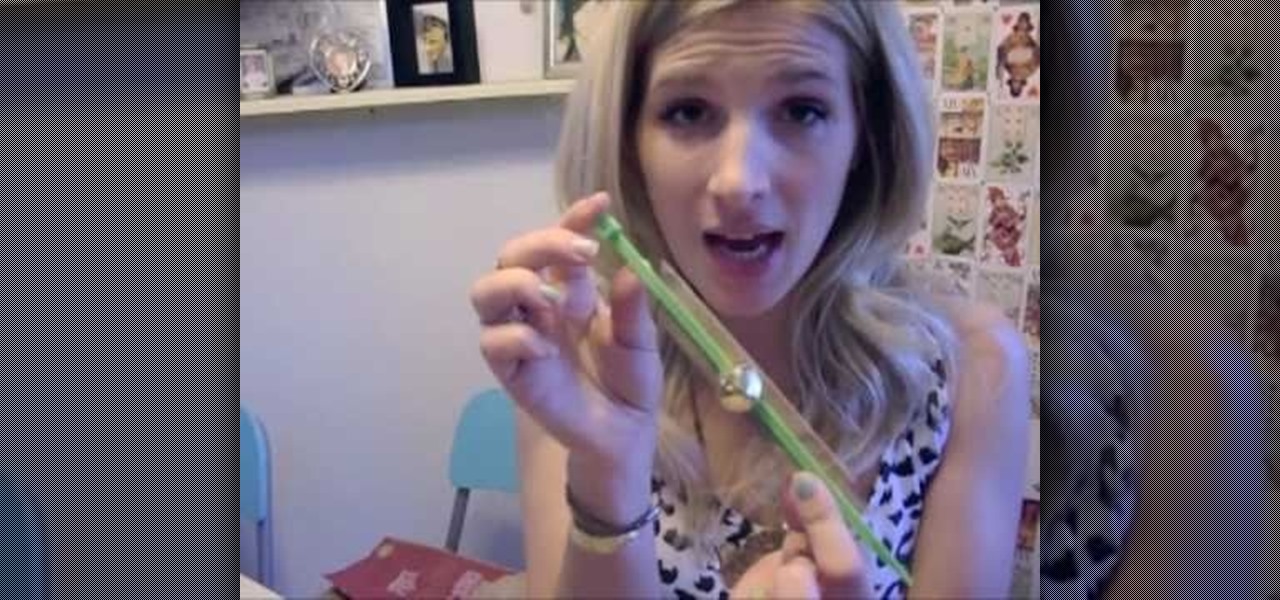
How To: Wrap your holiday gifts using eco friendly materials
Keep your Christmas green! Don't resort to environmentally unfriendly wrapping paper. You can put your gifts in cloth bags or use catalog and magazine pages as your wrapping paper. Or, just use plain brown paper bags and decorate them as your wrapping paper!
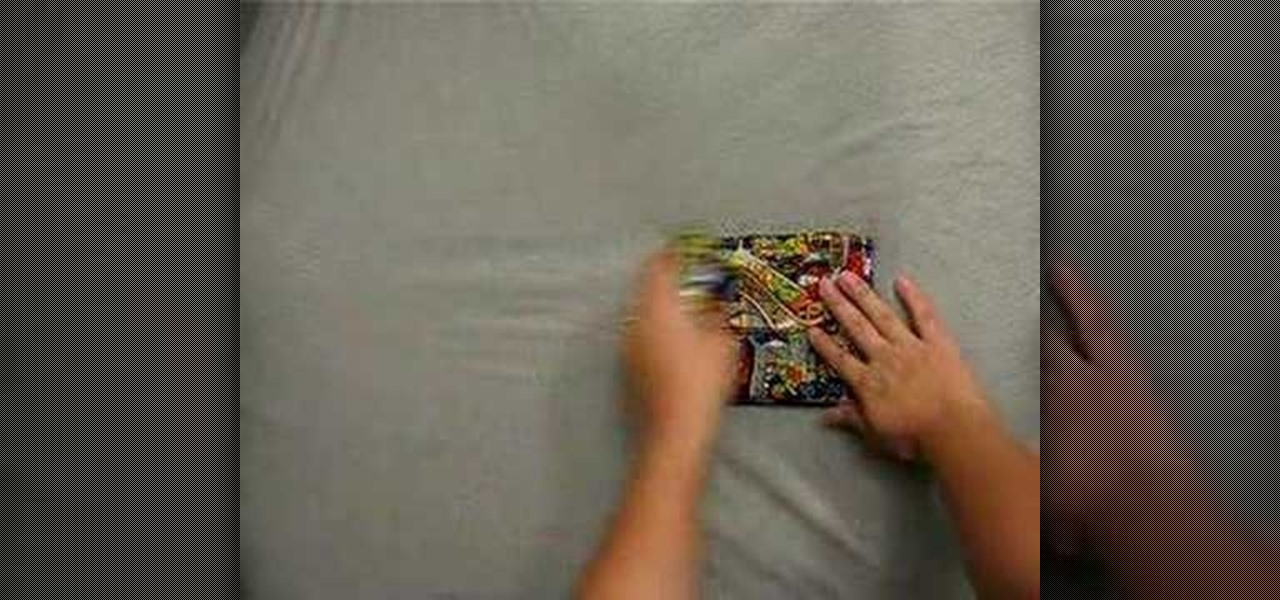
How To: Fold an eco-friendly shopping bag into a tiny pouch
Shopping bags are an ecological nightmare, so many modern shoppers use eco-friendly reusable shopping bags. If you have a stash of eco-friendly bags and want to store them more easily, watch this video to learn a novel way to fold these bags that turns them into a tiny pouch, which you could even still use to hold things if you wanted.
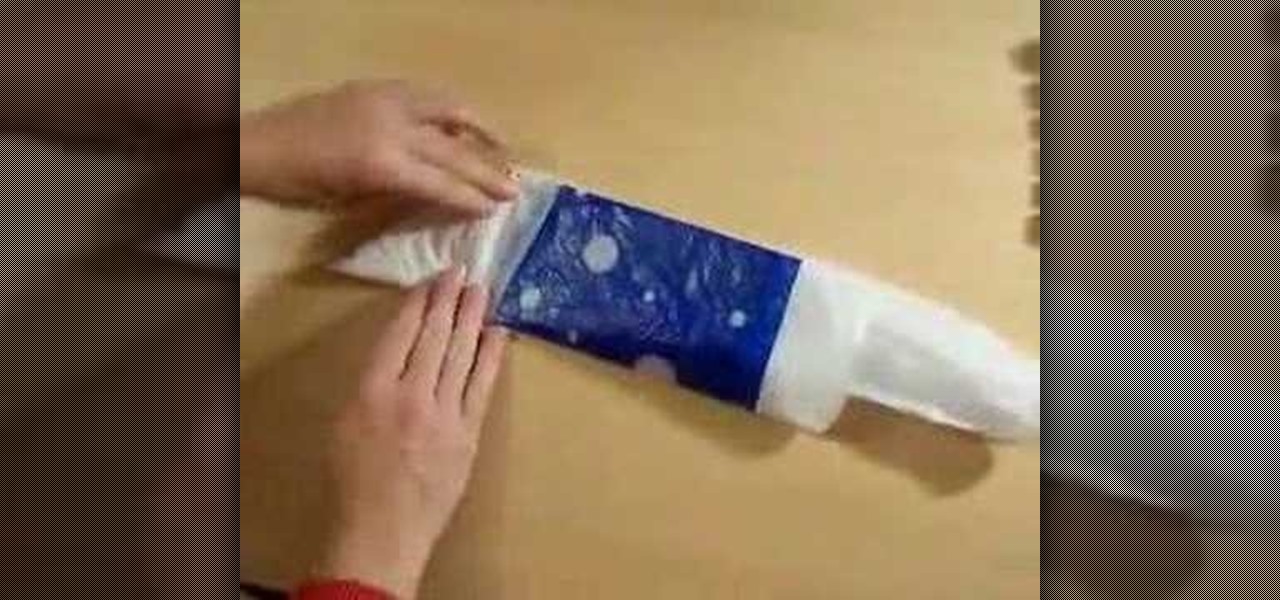
How To: Fold a plastic shopping bag in on itself for easy storage
Many Americans save all of the plastic bags that they take home from stores. They get used sometimes, but mostly they just accumulate in some corner of the kitchen until there are so many that you are FORCED to throw some away. If you have this problem, watch this video to learn how to fold plastic shopping bags in on themselves into a tiny package that takes up less room and is easier to grab than a balled-up bag.

How To: Make a DIY trash can out of newspapers
Recycling things isn't nearly as efficient a means of conserving resources as reusing your waste material in it's current form. Enter this video. It will teach you how to make an awesome little trash can / waste paper basket out of perhaps the most appropriate material of all: old newspapers!

How To: Make a green, recycled centerpiece for your Thanksgiving table
Want to have a green Thanksgiving this year? You can make a classy, lovely Thanksgiving centerpiece with your children out of recycled materials! This project uses empty glass soda bottles, a few paints, flowers and some old jewelry or colored beads.
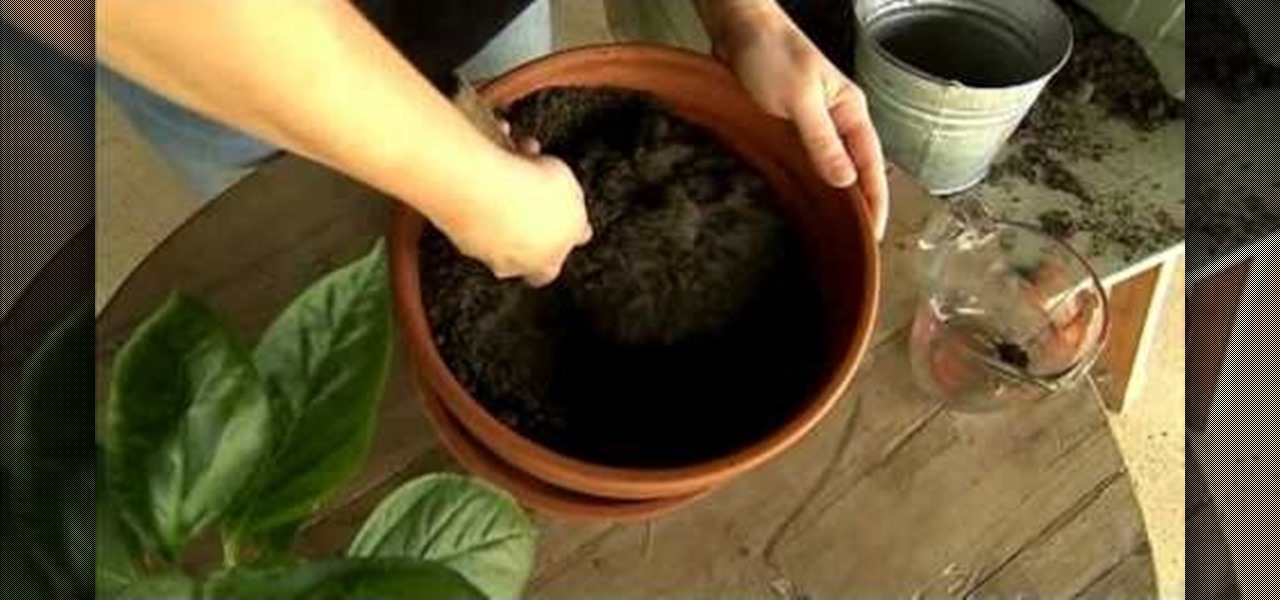
How To: Go green in your vegetable garden with biodegradable pots and other tips
Are you an avid gardener who tends to your plans on a daily basis? Then before you step foot outside the door today, check out this video to learn a plethora of tips for going green with your gardening.
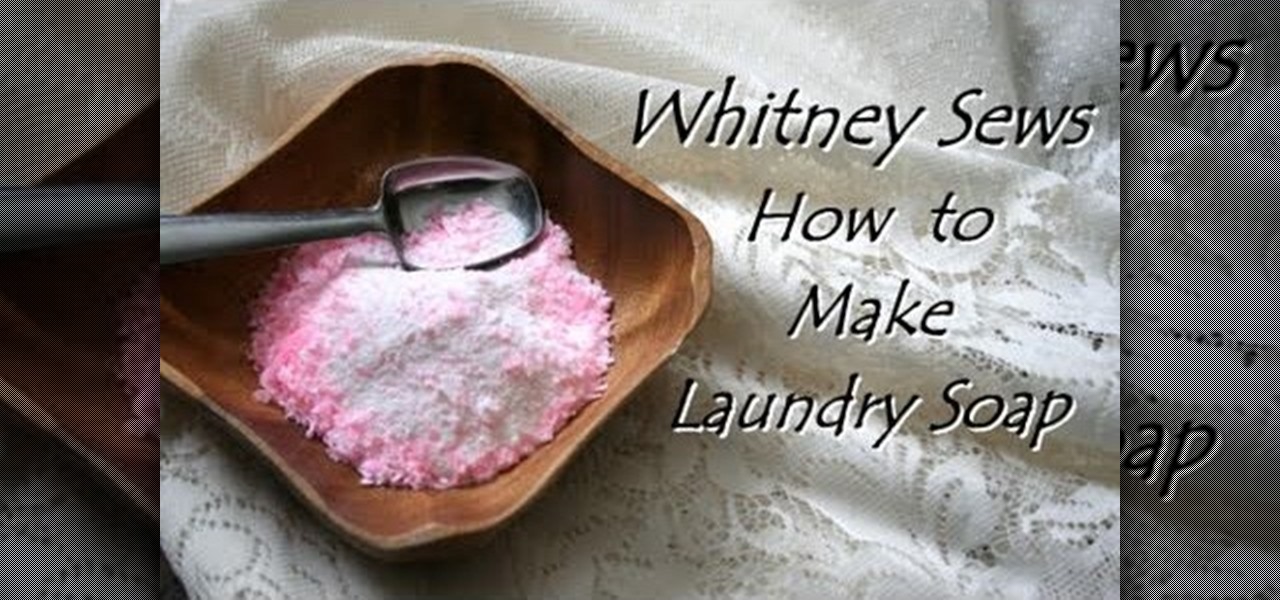
How To: Make cheap and safe handmade laundry soap
When it comes to staying safe, we all know that dish detergents, spray cleaners, and any sort of bleaching cleaners are bad for our health, since they distribute potentially cancer-causing toxins into the air.
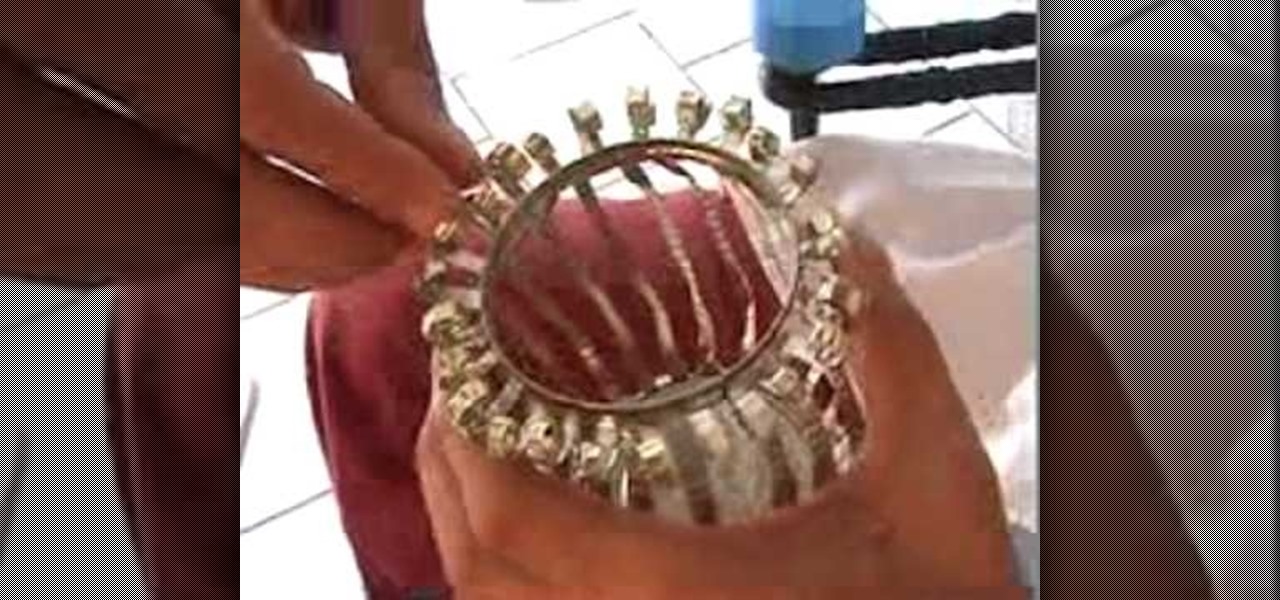
How To: Recycle cans and make decorative candle votives
In this video, we learn how to recycle cans and make decorative candle votives. First, you will use a straight edge to remove any paper from the top of the can. Then, use the straight edge to cut parallel holes in the bottom of the can. Grab sharp scissors and continue to cut the holes from the bottom all the way up to the top of the can. After this, use scissors to help pry the folds up and into the air for a cute design. Make sure not to use your hands to pry these up, as the edges will be ...
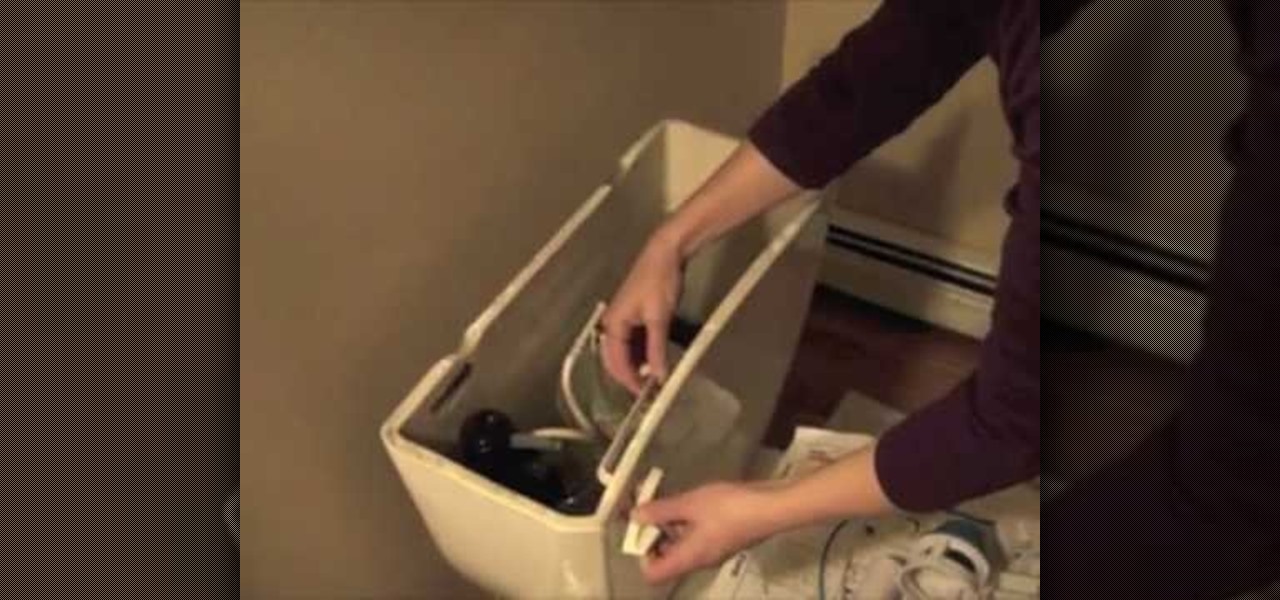
How To: Install a dual flush toilet kit
In this tutorial, we learn how to install a dual flush toilet kit. First, grab the directions from the box that the toilet came in and read them! After this, you will take the lid off the tank of the toilet. Then, install the flusher into the tank of the toilet after removing the flapper and the chain. Continue to install the kit according to the directions and secure it inside the tank. When finished, place the top of the toilet back on the tank and then turn the water back on. Test this out...
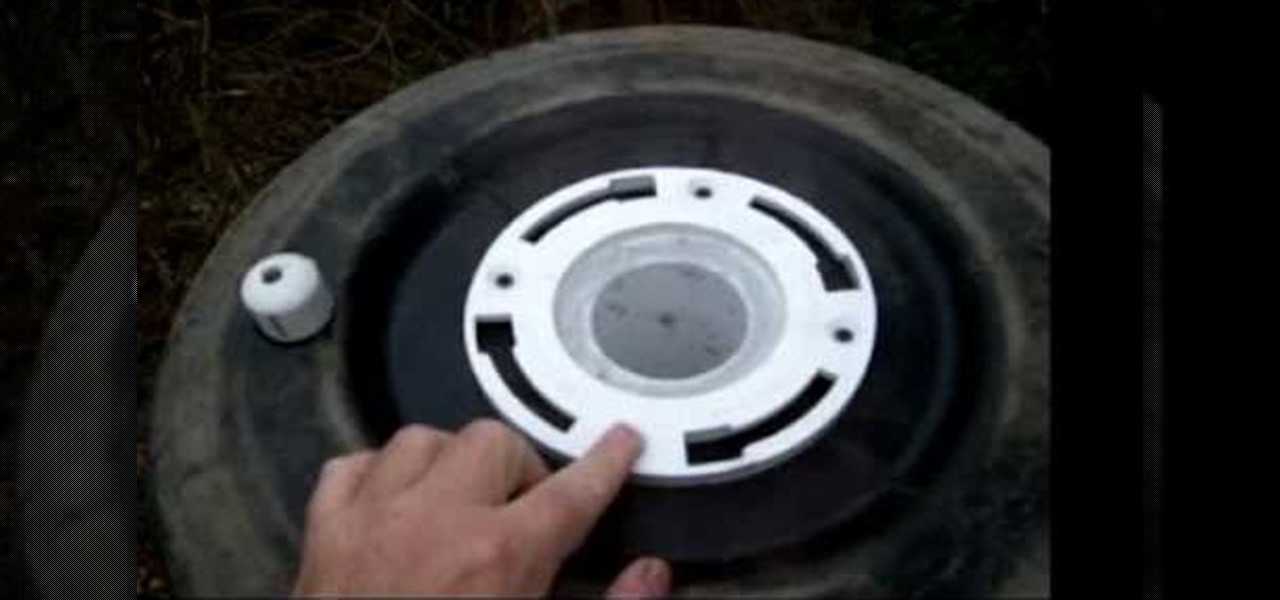
How To: Make a homemade compost tumbler
In this tutorial, we learn how to make a homemade compost tumbler. Find a large barrel and mount it on a wood frame. You can use recycled materials, like an old pickle barrel if you can find one. There should be an axle in the middle of the wooden posts that runs through the tumbler as well. There should be a pipe in the middle bottom of the barrel to run air through, that will exit through the top where the handles are at. The aeration system will help your compost work properly, so you can ...
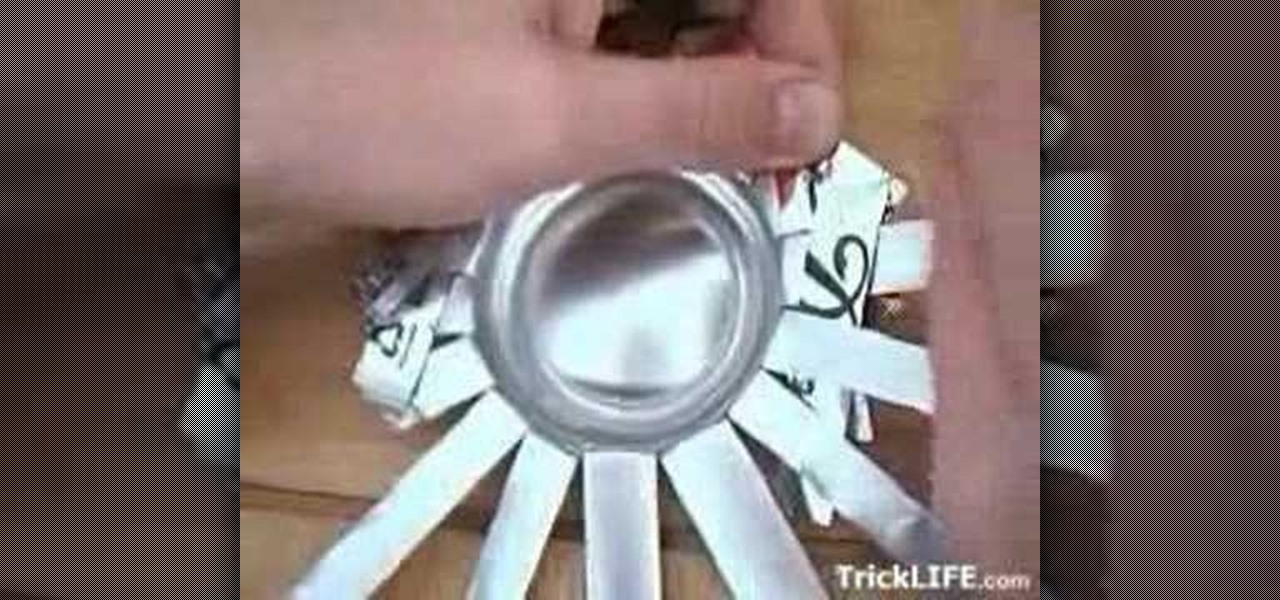
How To: Recycle an empty can into an ashtray
In this tutorial, we learn how to recycle an empty can into an ashtray. First, take your can and cut the top off. Then, cut 16 flaps into the can, not cutting the bottom off. Now, flatten them and fold them each into each other. Continue to do this until you have gone all around the can and you have a sort of star shape that has been make. Flatten all of the bends on the tray and then push the bottom of the can in. Now you can use this as a decorative ashtray without having to pay for it, enjoy!

How To: Recycle an old can to make a candle votive
This is a video tutorial in the Home & Garden category where you are going to learn how to recycle an old can to make a candle votive. Take an old can and cut it vertically along the side without cutting off the edges. Now cut along the top and bottom edges starting at the vertical cut and going outwards on each side. Cut up to about half of the circumference of the can. Now pull out the cut halves and you have the basic stand for the votive candle. Now you got to straighten out the jagged ed...

How To: Recycle plastic bottles and make a decorative mobile
In this video we learn how to recycle plastic bottles and make a decorative mobile. Start off by cutting the strips off of the water bottle then pinning them down to a table. After this, you will start to cross each of these with another piece to make a checkered effect. Nail them down on the sides as well to make it stick to where you want it. When finished, you will remove the nails and then place in a needle with beads and shells attached to it on each of the holes. Once you are finished w...

How To: Make a compost toilet
In this tutorial, we learn how to make a compost toilet. First, you will need a 5 gallon bucket. Then, you will need to put a toilet seat on top of it so it's comfortable. After this, build a cabinet around it to make it look nice. After this, you will need to put something inside it, like sawdust, which will absorb the liquid inside. Now, you can feel free to use this for a bathroom! For ventilation, you can use a hair dryer from your local thrift store which will connect to the back wall an...
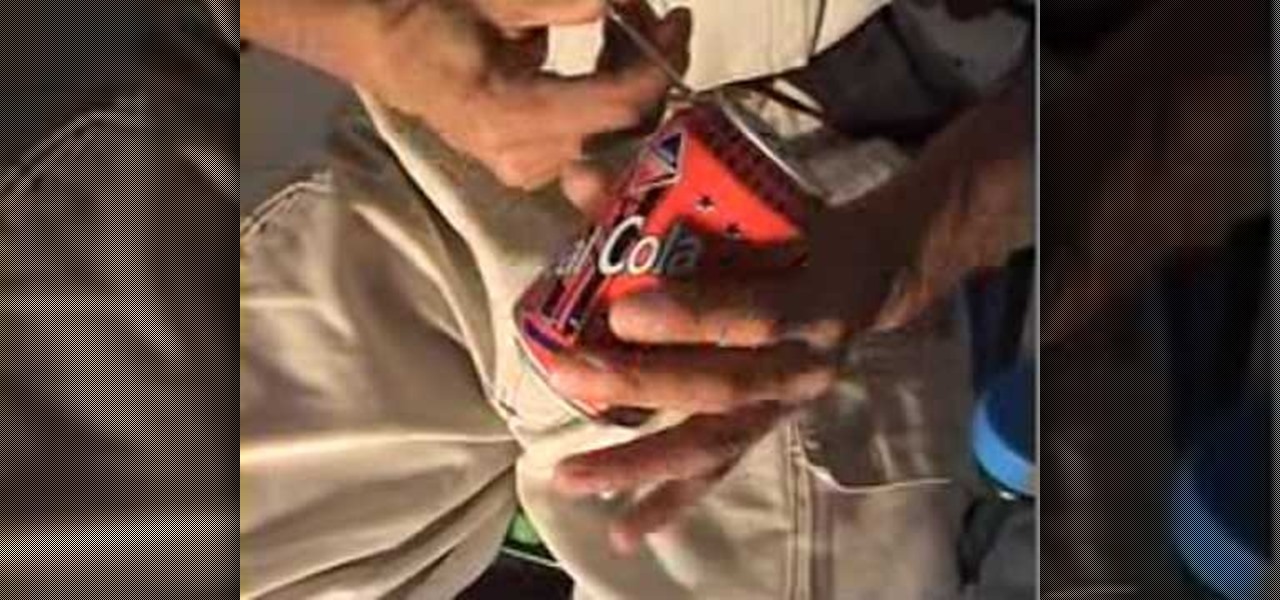
How To: Recycle cans to make garden decor
In this tutorial, we learn how to recycle cans to make garden decor. First, use small scissors to poke a hole in the top of the can, then cur around the top of it until you have removed the mouth. After this, cut a rigid design in the top of the can and then cut five slits going down on all the sides. Push these down, then cut the sides of them so they are slightly rounded. From here, you will attach these to another can that has been spread out with tons of different slits. Place this on a r...
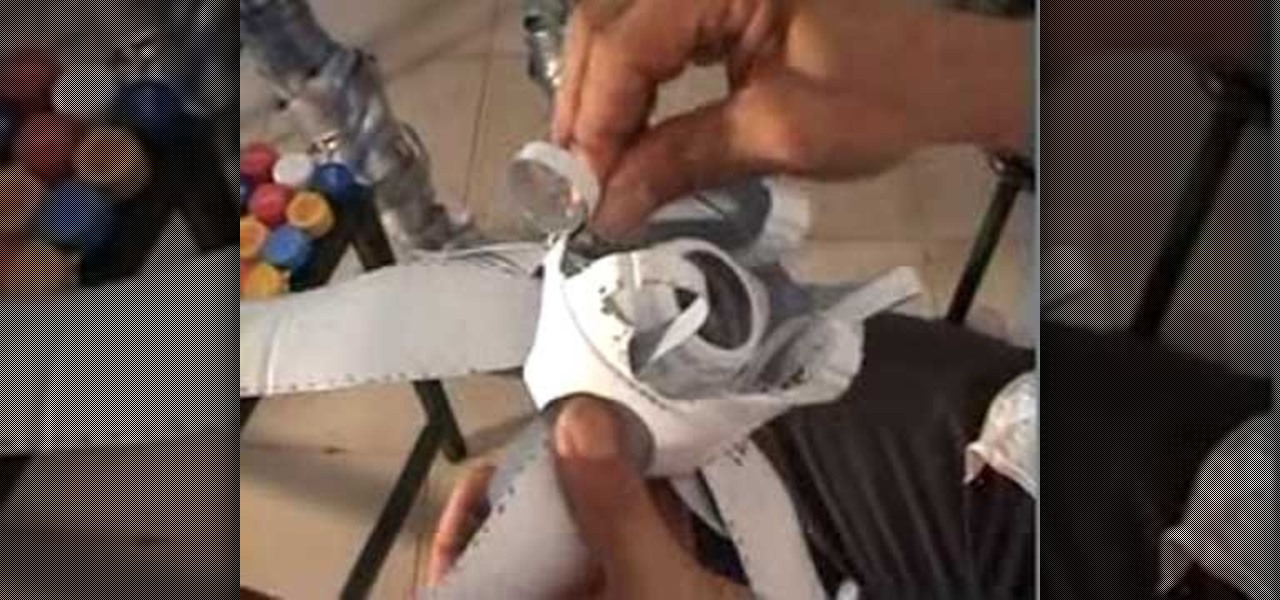
How To: Recycle milk bottles to make decorative flowers
With this video, we learn how to recycle milk bottles to make decorative flowers. First, mark eight coupled marks on four sides of the bottom of the bottom. Then, poke holes into them and cut into them with sharp scissors. From here, you will continue to do this all the way around the bottom of the bottle until you have created petals. Then, cut above these to make long oval types of shapes and then spread the petals out on the bottom and on the top. Pull the longer petals into the open areas...

How To: Make a small windmill from a permanent magnet motor
In this video, we learn how to make a small windmill from a permanent magnet motor. You will need: a motor, a rotor, and a stand to make this. First, you need to find a motor that has permanent magnets on it, like one from a printer. Then, grab a windmill like one from the garden and make a stand by combining three pieces of wood. Then, heat up the side of the motor and connect it to the middle of the windmill so that it spins around. After this, you will connect it to the stand with a fiberg...
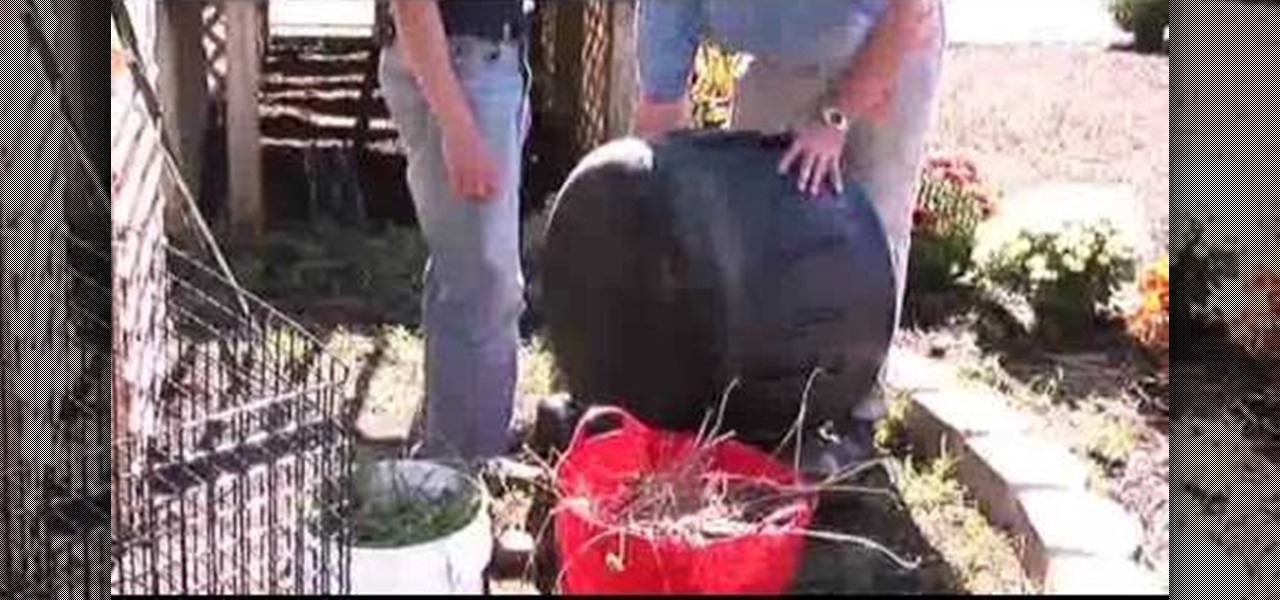
How To: Begin composting
In this tutorial, we learn how to begin composting. When you compost, you have a lot of choices of where you want to compost. You can do it inside of a metal bin, in a small tumble type of container, or a wood cedar box. If you are doing a lot of composting, use a large composting bin that you will turn with a shovel. It's important to get oxygen into the pile to keep the bacteria growing. You can use compost accelerator to help get things going and make it more successful. You can compost co...
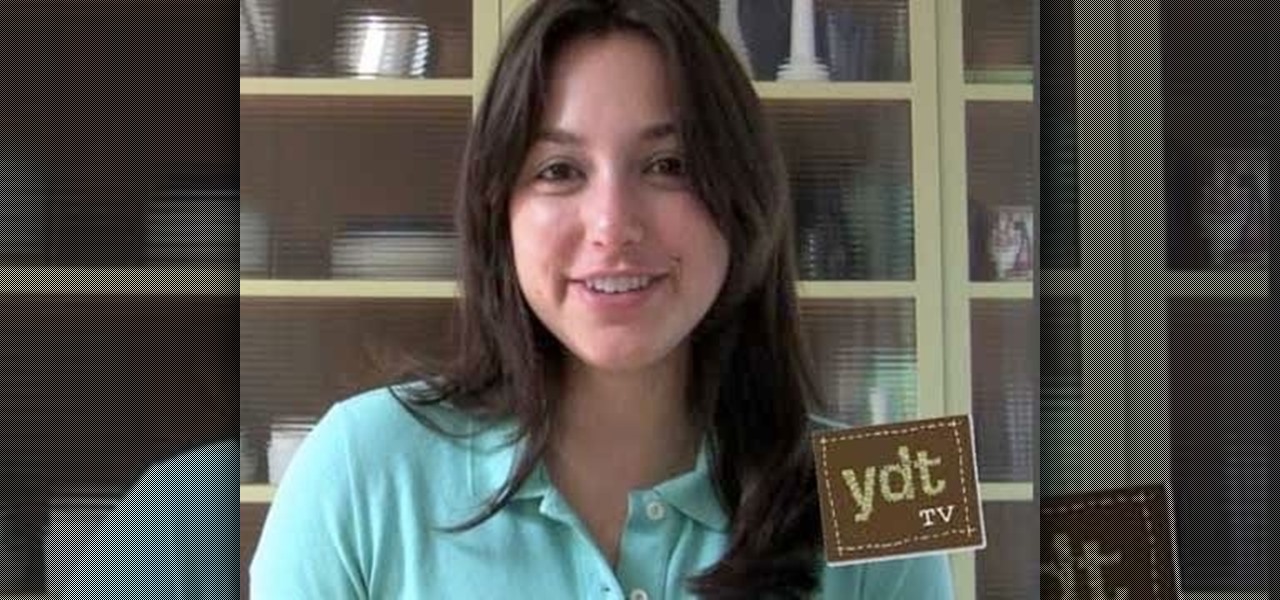
How To: Make an all natural deoderant at home
This may not work for everyone, since each person has a different pH balance. Or you may need to alter the recipe a bit. What you need is: shea butter, baking soda, corn starch, cocoa butter, Vitamin E gel caps and your favorite essential oil.
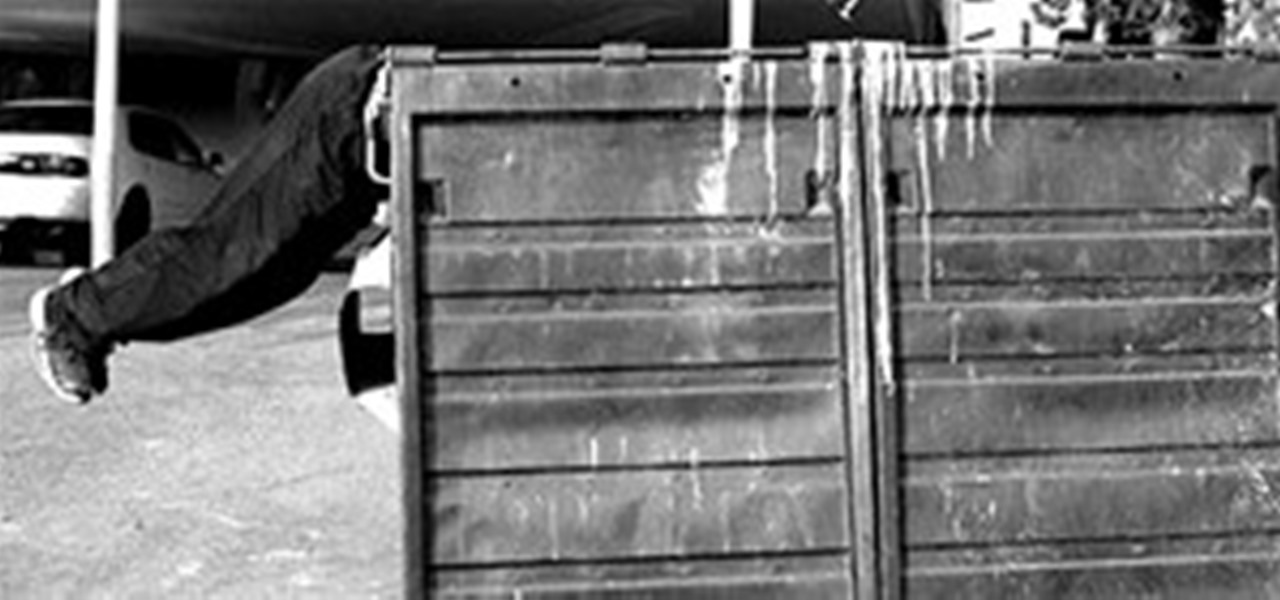
HowTo: Dumpster Dive For Gold
Dumpsters make great swimming pools and skateboard ramps, but when they're full of trash, they're pretty valuable, too. You can get a surprising amount of free booty dumpster diving. If you're a penny pincher who values low cost (re: free) functionality, check out Apartment Therapy's guide to mastering the craft. Below, my three favorite insider tips.
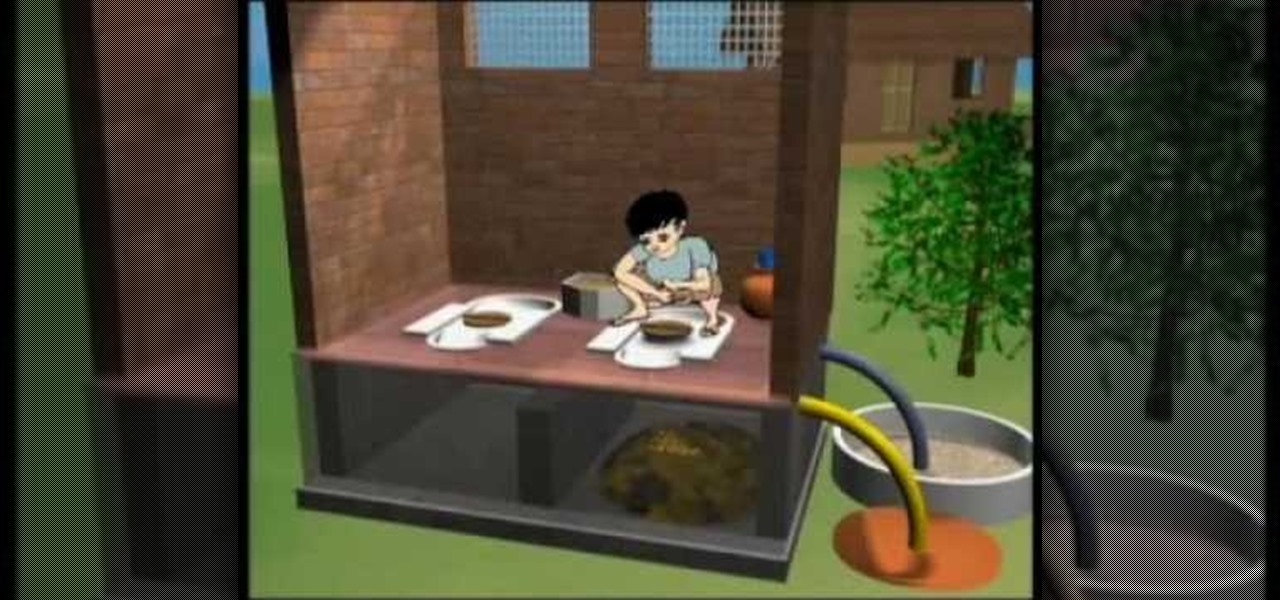
How To: Use an Eco-san toilet
In this tutorial, we learn how to use an Eco-san toilet. These have been designed to protect and preserve the environment. The excrement are disposed of separately and do not use water for flushing. The structure is above the ground and has a concrete slab on the bottom. Platforms are constructed on top of this, then there is a room built above this. There are three parts, the shallow for urine, the middle for excrement, and the last part for cleaning. The user must know how to do use the toi...
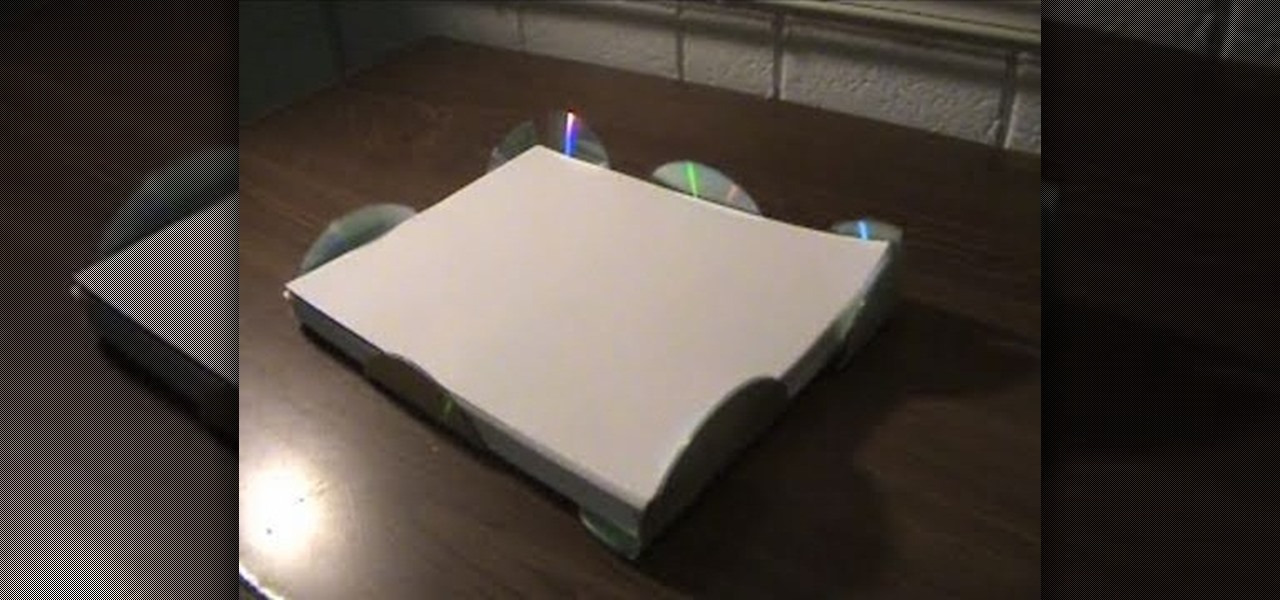
How To: Make a DIY paper tray from compact discs for your home office
Your home office is missing something… hmm… maybe something to hold your recycled printer paper, and what better to hold your recycle paper than a recycled paper tray? Nextraker shows you a neat hack involving a few dust-collecting compact discs that will make a eco-friendly paper tray to organize your desk. It's a amazing what you can do with a few old CDs.



